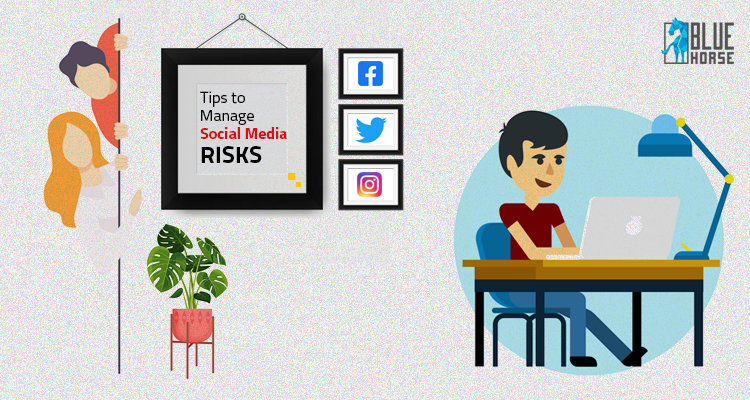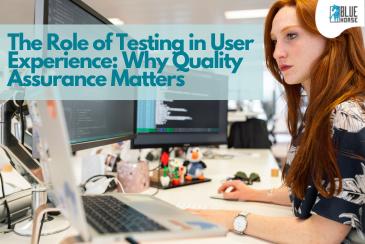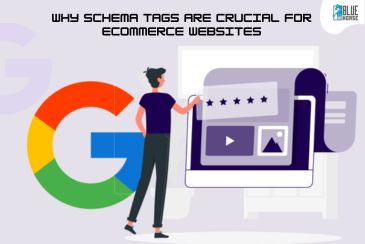Tips To Manage Social Media Risks
We live in a time when privacy seems to be on the rise as more technology enters our lives. Misuse of personal information has become a major issue these days. Today money is made by clicking. Very embarrassing, too many clicks, and too much advertising revenue. In this context, there is the problem of choosing between privacy and ease of use. Here we will discuss how Manage Social Media Risks.
We see many challenges related to security, privacy, accessibility, data management, social inclusion, management. And other issues of information security through the use of technology in everyday life. Some risks are arising from the use of social media and technology. Where there is a possibility of losing something of value (e.g. knowledge, reputation, or favor).

Risk Approach
* Identify Risks - Identify the following social media threats in terms of vulnerabilities. And how they can interfere with achieving the goal.
(a)Loss of dignity
(b) Loss of confidential information
(c) Violation of law and order
(c) Social engineering cases
(d) Loss of intellectual property.
* Risk Assessment - Assessing the following potential and impact of risks that may affect an organization/individual
(a) Economic
(b) Technological
(c) Political
(d) Social.
* Risk Mitigation - Create the following risk management communication management
(a) Select appropriate listening tools
(b) Identify people in charge
(c) Identify and engage emergency contacts to check
(e) Understand legal, regulatory, and ethical requirements.
(f) Create your sketch frame and its fragmentation.
(g) Describe your event logging process and procedures.
(h) Describe good habits based on experience.
(h) Create a response loop to help fix important causes.
Some Following Important Setup to Be Done Social Media Channels
(a) Approval’s
“Settings”
“Security Settings”
“Login Approvals”
“Get Started.”
(b) Trusted Contacts
“Settings” –
“Security Settings”
“Trusted Contacts”
“Choose Trusted Contacts.”
(c) Review Login History
“Settings”
“Security Settings”
“Where you’re Logged In.”
(d) Login Notification
“Settings”
“Login Notification”
“E-mail” and/or “Text.”
(e) Third-Party Apps
“Settings”
“Security Settings”
“Apps”
“Edit”
“Disable Platforms.”
(a) Push Notification
“Settings”
“Security and Privacy Settings”
“Send login verification requests to my phone”
“Okay -send me a message”
Click “Yes” on the verification message.
(b) Revoke third-party apps
“Settings”
“Apps”
“Revoke Access.”
(c) Two-factor authentication-
“Settings”
“Security”
“Two-Step Authentication.”
(d) Disconnect 3rd party applications
“Settings”
“Security”
“Connection Applications”
click and remove unwanted applications -“Remove App Connection.”
(a) Location Privileges
“Settings”
“Privacy”
“Location Services”
“Instagram”
Never.
(b) Limit Posts
“Settings”
“Privacy”
Switch on the Private Account toggle.
(c) Less Personal Advs.
“Settings”
“Ads”
Data About Your Activity From Partners
Switch off the toggles for all listed accounts.
(e) Two-factor authentication
“Security”
“Two-Factor Authentication”
“Get Started”.
(f) Who Can Message You
“Settings”
“Privacy”
“Messages”
“List the contacts”
(g) Stop Syncing Your Contacts ----
“Settings”
“Account”
“Contacts Syncing”
“Switch the toggle off”.

Following Tips For Protecting Your Social Media
* Configure the privacy settings and block the cookies to control information sharing
* Limit your shared information on social media
* Browse incognito or private mode
* Use website blockers and routers.
* Use messaging apps with end-to-end encryption.
* Make a complex password having special characters, small letters, and capital letters.
* Always go for 2-factor authentication and secure cloud.
* Be careful where you click - beware of phishing scams.
* Surf websites only use HTTPS: // (Padlock Symbol).
* Disable location while browsing the Internet.
* You should Expand your short links to prevent them from malicious attacks.
* Use end-to-end encryption messengers.
* Never share sensitive information such as finances, login credentials, etc. online.
* Only connect with those people to whom you know and have trust in real life.
* Permission must be treated in the same way on all offline and online communications.
CONCLUSION
It is true nowadays privacy seems to be on the rise because more technology enters our lives. We should manage our social media risks with these few steps. I hope you enjoyed reading it. See you in my next blog soon.





















Comments